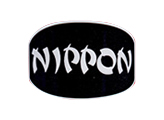Getting the Best from Fruit Trees and Bushes
The winter is an important time for fruit trees and bushes. It’s the time to plant new ones and to lavish a little attention on existing plants. It is an important time for pruning for some varieties and an opportunity to make sure the conditions are right for the coming season for all. It’s also the right time for a good clean up to try and minimise pests and diseases in the coming year.
Time to prune?
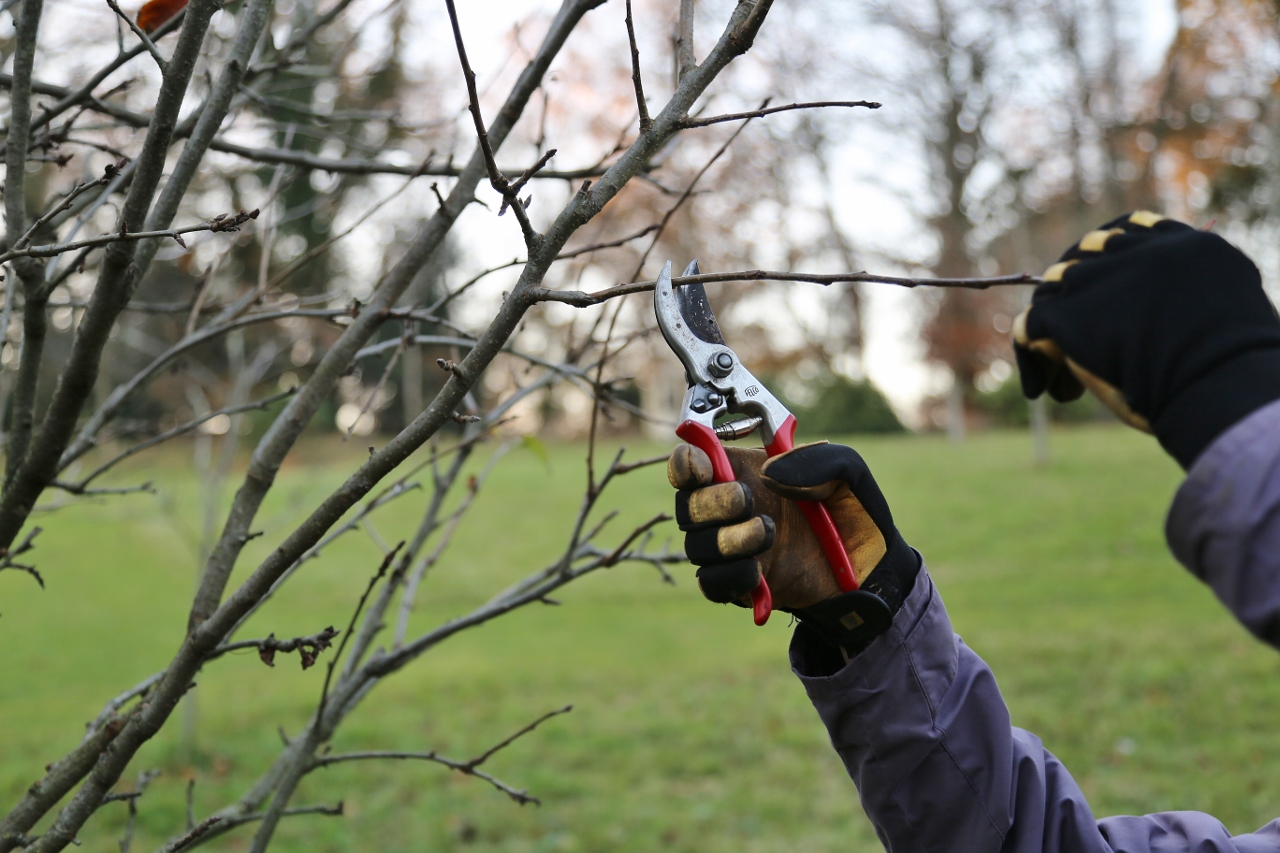 Firstly, let’s tackle pruning. Apples and pears are ideally pruned in late summer and again in winter. When the leaves have fallen it is easy to see the structure of the tree and make the right cutting decisions. Basically you are pruning to encourage the formation of fruit buds and to control the size and shape of the tree. This is important to limit the number of potential fruits, to make sure the ones that develop are a good size and quality. Also pruning controls growth, allowing air to circulate through the plant, keeping it healthy and allowing the sun in to ripen the fruits. Take a look at a good pruning book or the internet, and remember that pruning is a very logical process; it’s not as difficult as it sounds.
Firstly, let’s tackle pruning. Apples and pears are ideally pruned in late summer and again in winter. When the leaves have fallen it is easy to see the structure of the tree and make the right cutting decisions. Basically you are pruning to encourage the formation of fruit buds and to control the size and shape of the tree. This is important to limit the number of potential fruits, to make sure the ones that develop are a good size and quality. Also pruning controls growth, allowing air to circulate through the plant, keeping it healthy and allowing the sun in to ripen the fruits. Take a look at a good pruning book or the internet, and remember that pruning is a very logical process; it’s not as difficult as it sounds.
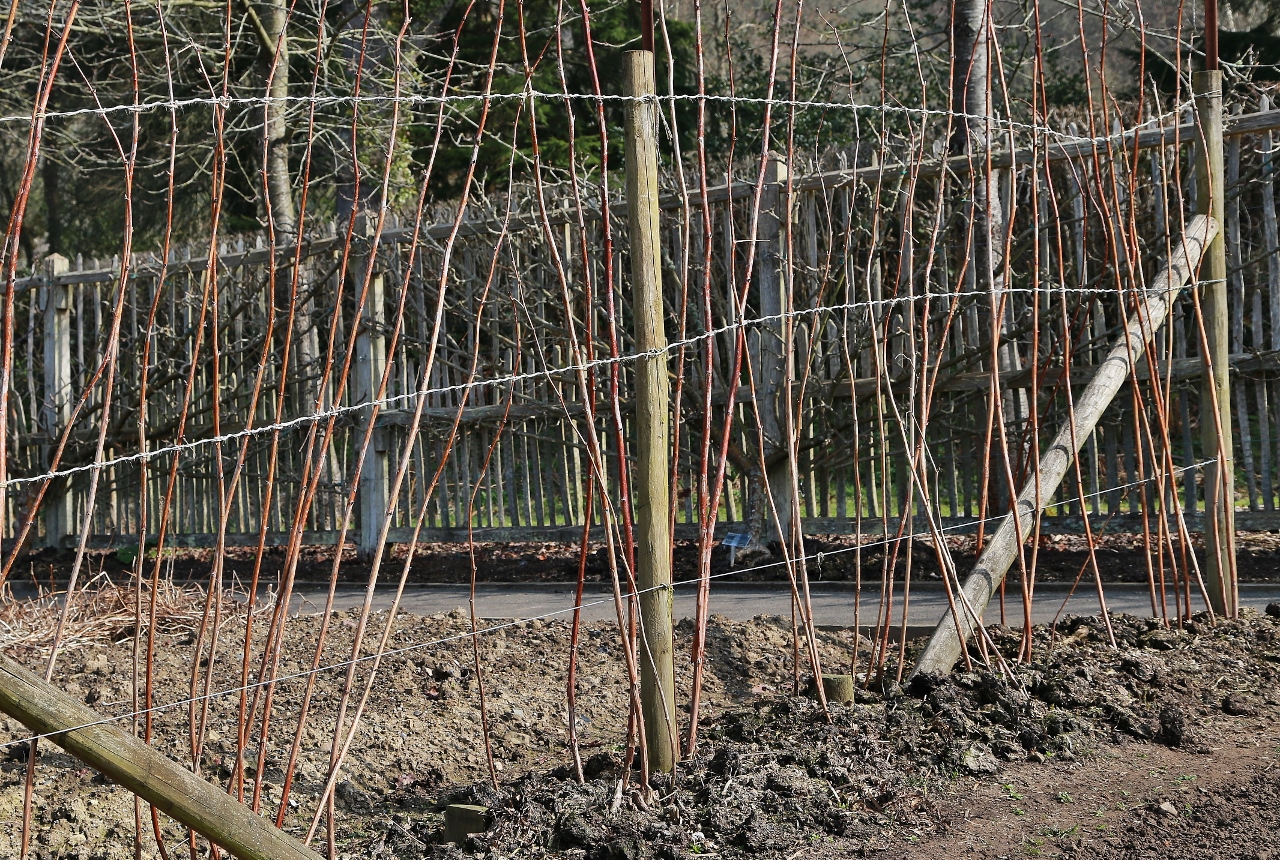 Plums, cherries and other stone fruits are never pruned in winter; any pruning is done when the plants are in leaf. Blackcurrants are usually pruned straight after fruiting, cutting back the stems that have fruited, and leaving new shoots to develop. However you can prune other currants in winter; cut out some of the older shoots, leaving newer ones. Cane fruits, such as raspberries fruit on the new wood. If they are summer fruiting new canes will have developed in the latter part of the year; these replace the ones that have just fruited, which can be cut right back to ground level. The new canes are then tied in to supports. Autumn fruiting raspberries, however, can be cut right down to the ground in winter. New shoots grow and develop in the coming season.
Plums, cherries and other stone fruits are never pruned in winter; any pruning is done when the plants are in leaf. Blackcurrants are usually pruned straight after fruiting, cutting back the stems that have fruited, and leaving new shoots to develop. However you can prune other currants in winter; cut out some of the older shoots, leaving newer ones. Cane fruits, such as raspberries fruit on the new wood. If they are summer fruiting new canes will have developed in the latter part of the year; these replace the ones that have just fruited, which can be cut right back to ground level. The new canes are then tied in to supports. Autumn fruiting raspberries, however, can be cut right down to the ground in winter. New shoots grow and develop in the coming season.
Winter pest control
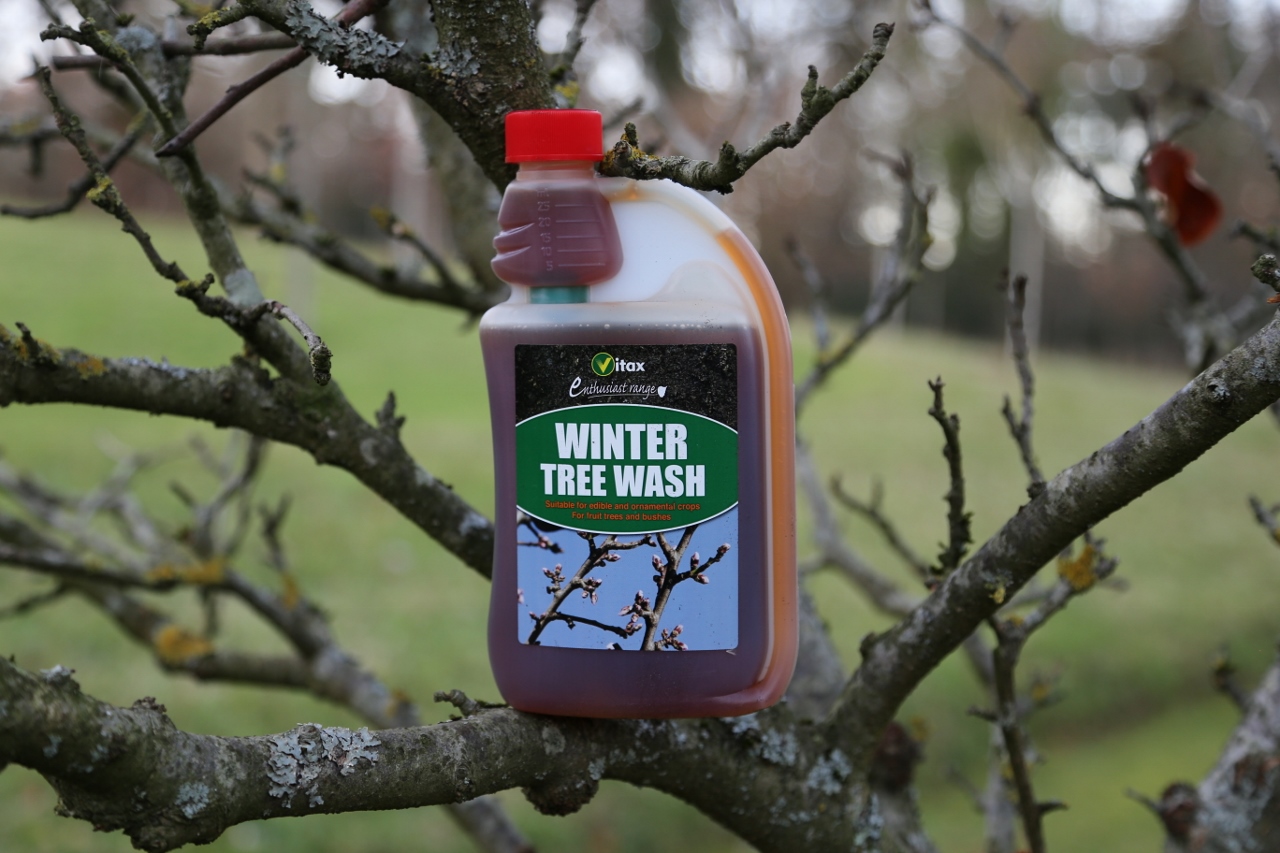 After pruning, while plants are dormant, it’s time to clean up any old leaf litter, remove any old fruits that are hanging on the branches, and apply Vitax Winter Tree Wash. This is nothing like the rather more aggressive tar oil winter wash that was used for many years. Vitax Winter Tree Wash is a blend of natural oils which are formulated to remove insect debris, dust, dirt and the waxy deposits that insects use to secure their eggs on the branches of fruit trees and bushes. As a result they cannot use your fruit trees as a breeding ground, so you should have less problems with pests next spring. Fungal spores which cause various diseases are also removed.
After pruning, while plants are dormant, it’s time to clean up any old leaf litter, remove any old fruits that are hanging on the branches, and apply Vitax Winter Tree Wash. This is nothing like the rather more aggressive tar oil winter wash that was used for many years. Vitax Winter Tree Wash is a blend of natural oils which are formulated to remove insect debris, dust, dirt and the waxy deposits that insects use to secure their eggs on the branches of fruit trees and bushes. As a result they cannot use your fruit trees as a breeding ground, so you should have less problems with pests next spring. Fungal spores which cause various diseases are also removed.
Some insect pests, especially winter moth and the March moth, climb up the trunk and settle in to crevices in the branches and twigs of fruit trees. Here the wingless females lay their eggs, which then 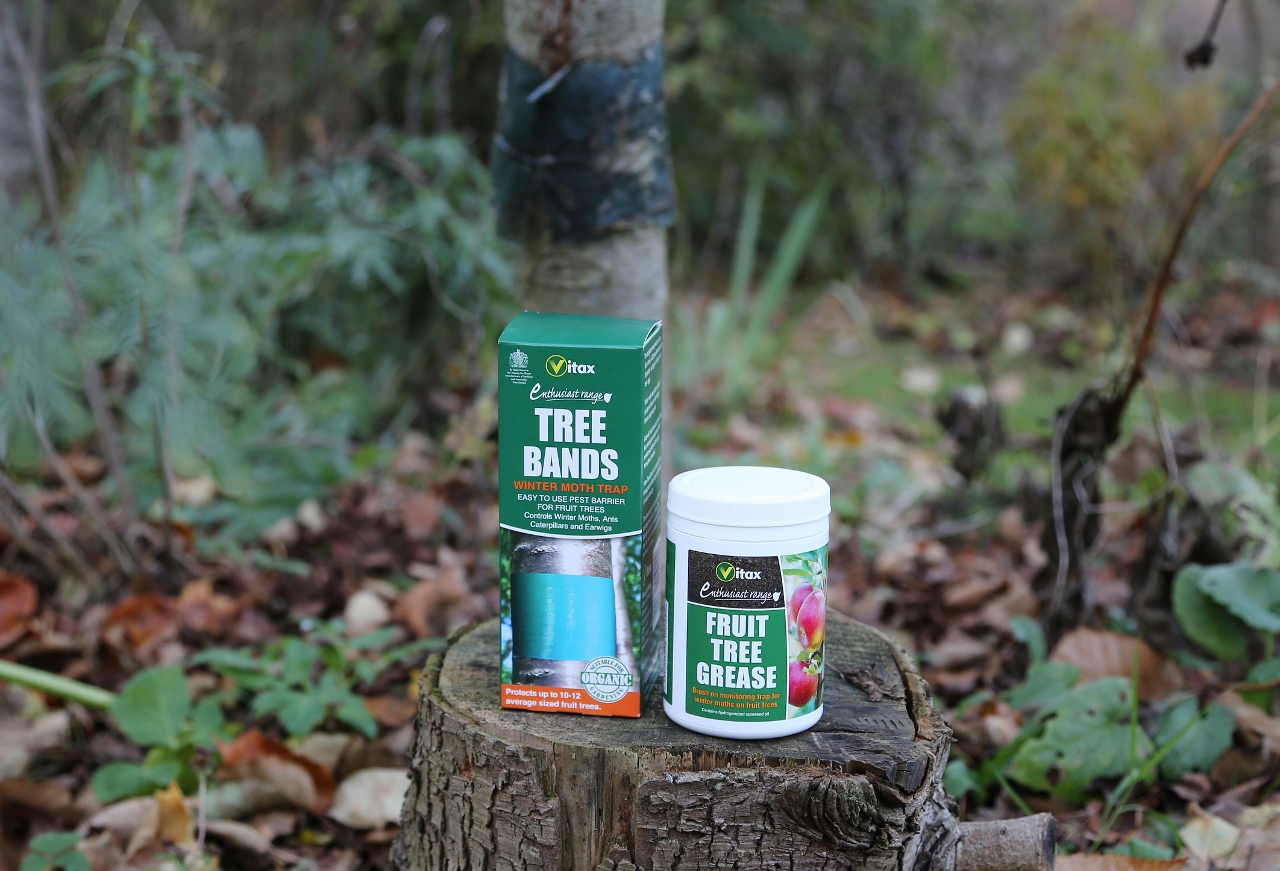 hatch to release larvae causing damage to fruit crops. These can be prevented with a barrier of Vitax Fruit Tree Grease, applied generously to the trunk of the tree below the lowest branches and around 60cm (2ft) above ground. Brush off any flaking bark first and apply with an old paintbrush for best results; ideally this should be done in early autumn and again in late winter.
hatch to release larvae causing damage to fruit crops. These can be prevented with a barrier of Vitax Fruit Tree Grease, applied generously to the trunk of the tree below the lowest branches and around 60cm (2ft) above ground. Brush off any flaking bark first and apply with an old paintbrush for best results; ideally this should be done in early autumn and again in late winter.
Alternatively you can use Vitax Tree Bands. These are sticky bands which are wrapped around the trunk of the tree and trap insects that crawl up the trunk, in a similar way to fruit tree grease. The bands are best secured with string or a flexible garden tie. Both of these barrier methods of pest control are great ways of avoiding the use of pesticides.
Give them the best growing conditions
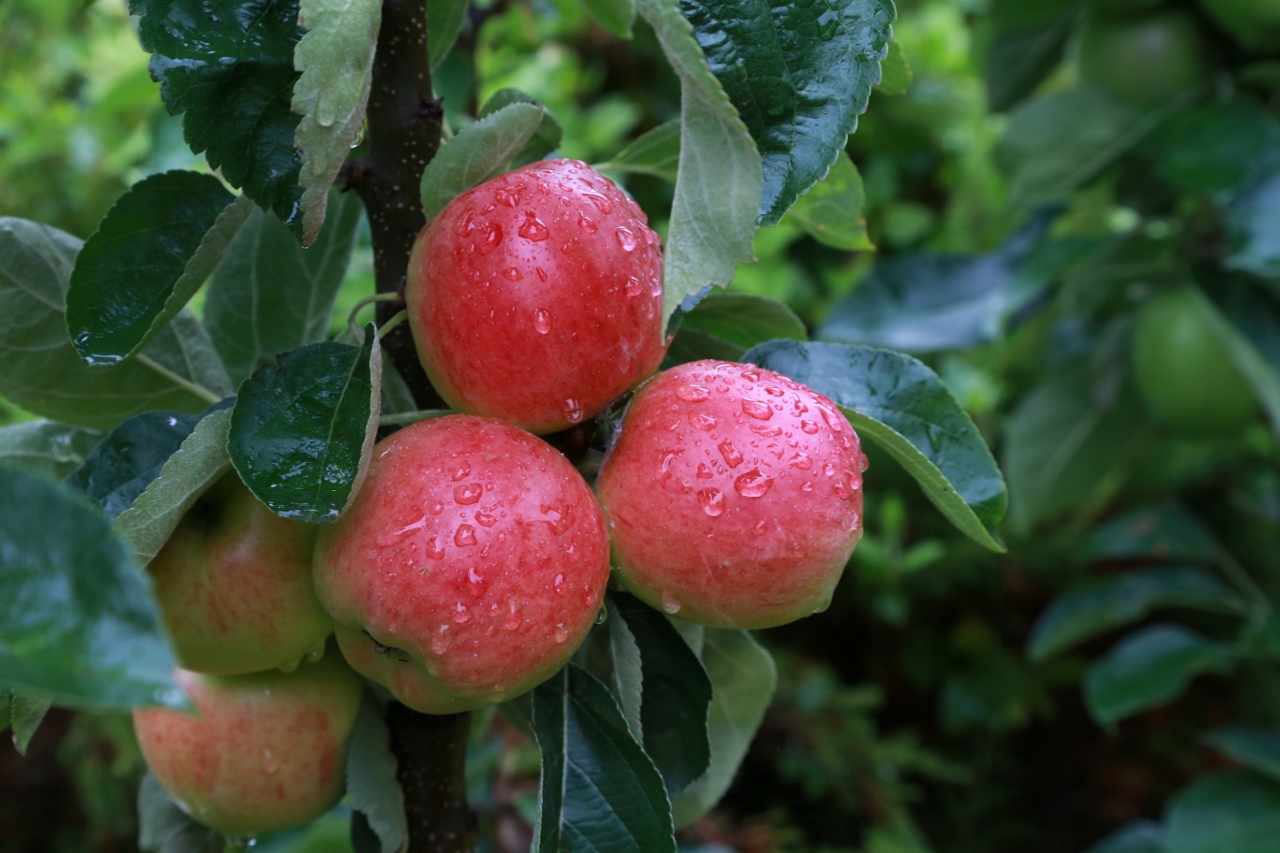 Fruit trees and bushes need to be growing well to flower profusely and set good crops. Apples, pears, plums and other fruit trees must be staked securely, especially when newly planted. Those grown on dwarfing rootstocks must be well supported throughout their lives. Their roots are weak and brittle, that is what controls their growth. If they rock in the wind the roots snap and the plants suffer.
Fruit trees and bushes need to be growing well to flower profusely and set good crops. Apples, pears, plums and other fruit trees must be staked securely, especially when newly planted. Those grown on dwarfing rootstocks must be well supported throughout their lives. Their roots are weak and brittle, that is what controls their growth. If they rock in the wind the roots snap and the plants suffer.
Although fruit trees are often grown surrounded by grass this can cause excessive competition. Clearing the grass from a square or circle around the tree, at lease 30cm (1ft) from the trunk reduces competition and helps to get water and nutrients to the roots.
If fruit bushes are grown in the open soil it is important not to cultivate too enthusiastically around the plants. Digging and hoeing close to the plants can cause damage to the roots which are near the surface. Light hoeing or forking over the soil and generous mulching with Vitax Farmyard manure is much more beneficial.
Finally a good slow release fertiliser applied annually is essential. A generous application of Vitax Q4 Professional will supply all the nutrients your fruit trees and bushes need. It is especially rich in potash, vital for flowering and fruit production. It also contains all the trace elements needed for healthy, strong foliage, which hopefully will be more resistant to disease.
Andy McIndoe for Vitax
Your login details have been used by another user or machine. Login details can only be used once at any one time so you have therefore automatically been logged out. Please contact your sites administrator if you believe this other user or machine has unauthorised access.







